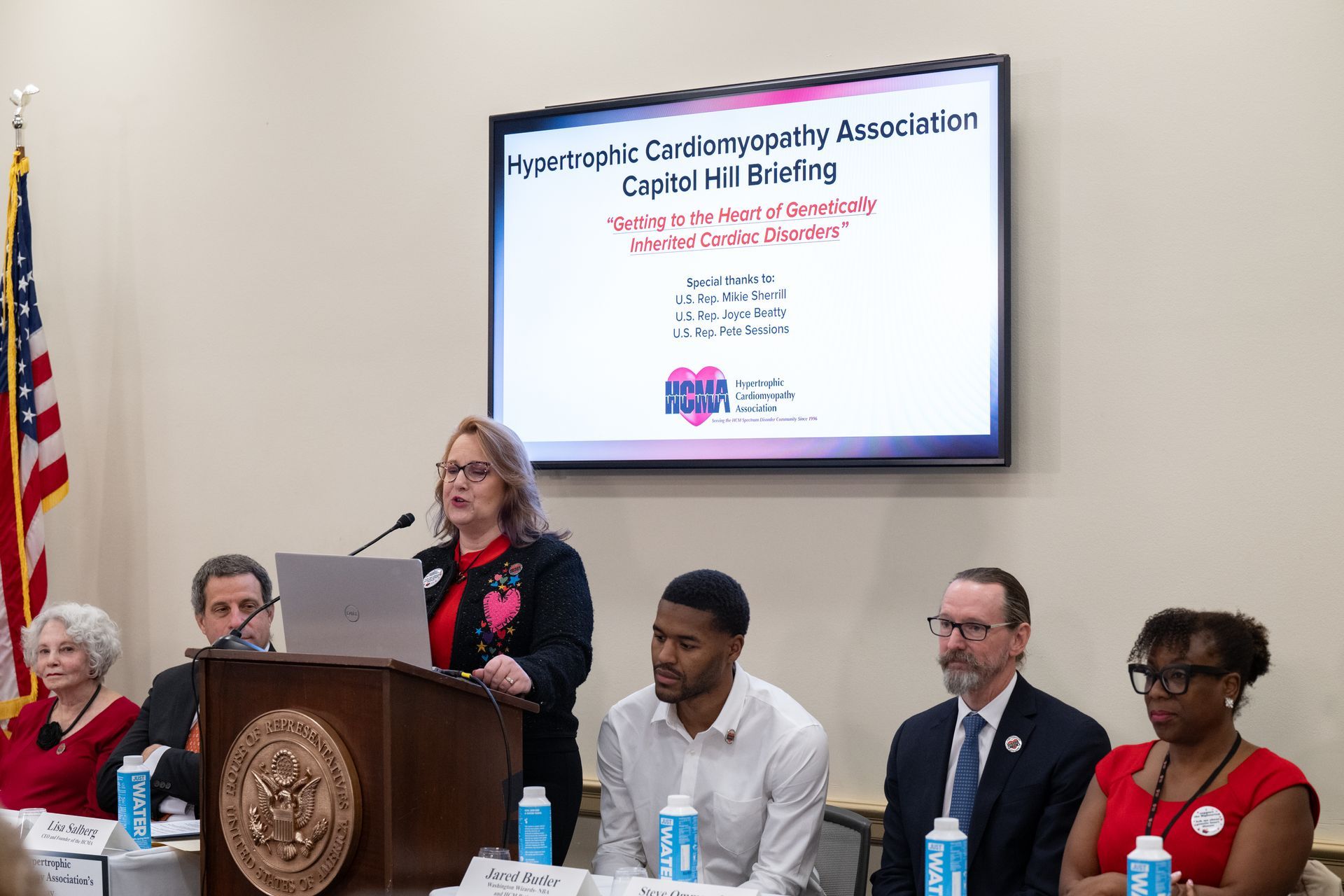You must advocate for yourself to ensure you get the best care for your HCM. An essential first step is having a plan that includes the tests you will likely need and how often you should see your cardiologist. To make this planning more manageable, the HCMA offers Navigation Calls. Members can take advantage of this every year. Non-members are encouraged to complete our Intake and Navigation Call at least once to help you get on track with your care.
We encourage you to see an HCM expert at an HCMA Recognized Center of Excellence (COE) if possible, and we are continually expanding this program to give you more options. For those outside the US, we can often help you find an HCM expert, although we have yet to cover every country.
Is cost limiting your ability to take advantage of these services? The HCMA offers scholarship memberships , and the Lori Fund can provide grants of up to $600 per year to cover the cost of traveling to a COE.
For HCM patients who are stable, here are some general guidelines for regular testing :
- Annual Echocardiogram
- Annual EKG and/or Ambulatory Monitor
- Annual cardiologist visit
- Cardiac MRI every 3-5 years
If your symptoms change, you should always contact your cardiology team to discuss whether a medication change or other treatment would help you stay stable. Make flexibility part of your plan to account for changes in your condition. Remember that each patient is different, and some can safely go 2-3 years between visits, while others may need to see their team every six months or less.
The post The HCMA Theme for January is Setting Your Plan For The Year appeared first on Hypertrophic Cardiomyopathy Association.
HCMA Blog


 Translate
Translate
